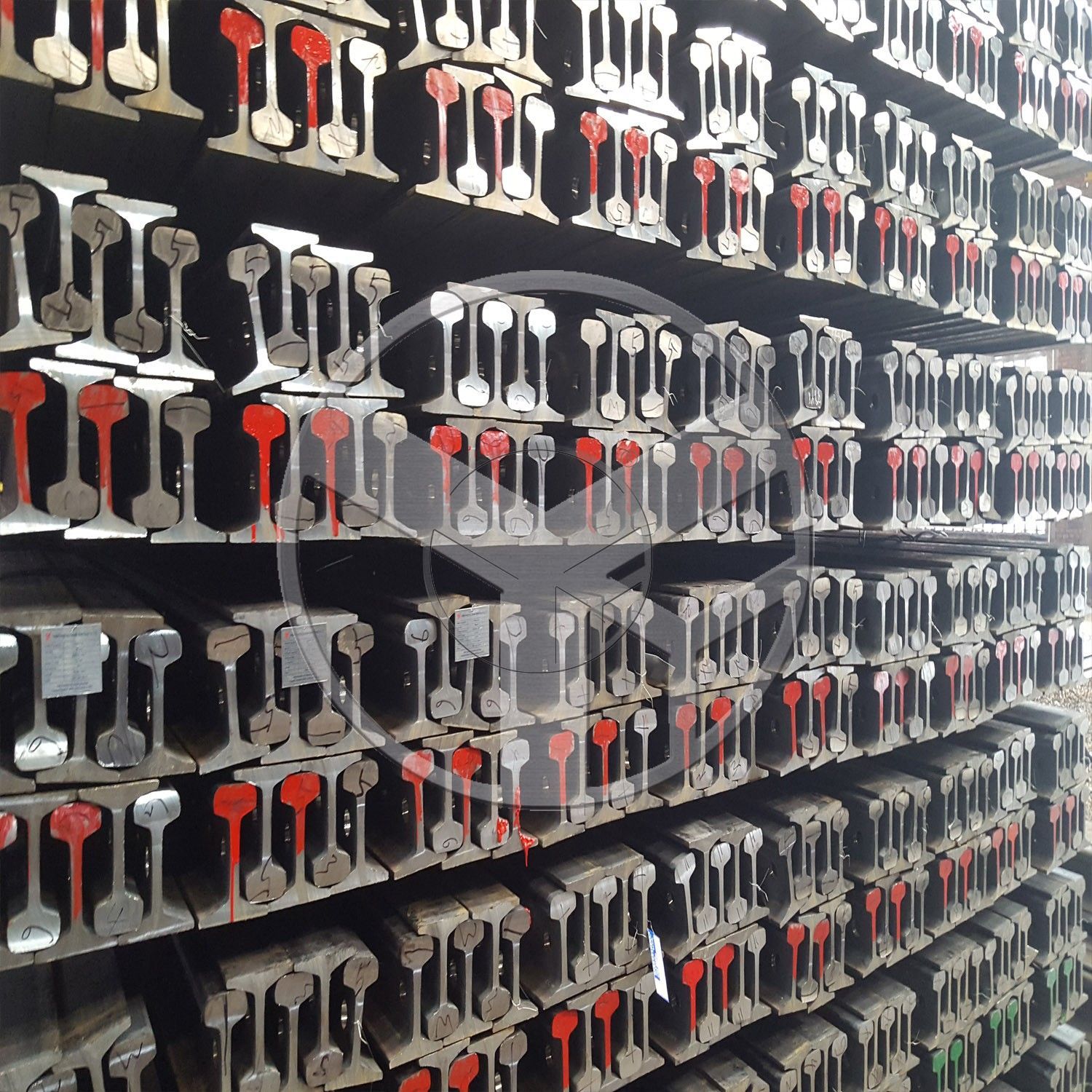Home >> News >> Latest News
The components of a railway track are rail sections, sleepers, ballast, fasteners and roadbeds. Railway rail manufacturer YONGYANG will introduce you to each of them in detail. You will learn about the function of the rails, the function of the sleepers, the function of the ballast and the fastening of the railway. Keep your curiosity alive and read on.
Guide rails provide a hard, smooth and unchanging surface for moving heavy loads to pass over. The rails are made of high-carbon steel and can withstand wear and tear. Flat-legged rails are mostly used for railway tracks.
Provides a continuous and level surface for the movement of trains.
The rails provide strength, durability and lateral guidance to the track.
The rails transfer the axle load to the sleepers, which transfer the same load to the ballast and the ground beneath.
The rails are subjected to stresses due to heavy vertical loads, fracture forces and temperature changes.

The supports that keep the track at the required distance, support it and distribute the load to the ballast are called sleepers. Sleepers are available in different materials, such as wood, steel, cast iron, crushed concrete and prestressed concrete.
Maintains the rail at the proper gauge in all cases.
Supports the rails firmly and evenly throughout.
Distributes the loads transferred through the rails onto large areas of ballast below or onto bridges.
Maintains the rails at the proper level at turnouts and crossings.
Provides an elastic medium between the rail and the ballast and absorbs vibrations due to moving axle loads.
Railway fasteners are used to join rails and sleepers together in the proper position. Fixings and fasteners used in rail fittings include: Arch Clamp, Fish Bolts, Rail Clamp, Tie Plate, Rail Turnout, Rail Spike, Joint Bar, etc.
Connects the track end to end to form a full length track.
Fixes the rail to the sleepers to maintain proper alignment of the rail.
Provides a suitable expansion gap between rails.
Maintains the required rail inclination.
Set the points and crossings in the appropriate positions.
Ballast is gravel placed or packed beneath the sleepers to transfer the load from the sleepers to the ground and to allow the track to drain.
Provides a firm and level bed for sleepers.
Allows the correct track level to be maintained without disturbing the railway bed.
Drains water quickly and keeps sleepers dry.
Protects the ground surface and creates a resilient layer.
Provides lateral stability for the entire track.
The roadbed is the ground level. The rails are fixed to the sleepers by welding and using different types of fasteners. The sleepers are placed properly and ballast is fitted. The ballast is placed on what is known as the formed and prepared roadbed. So, this is where the importance of the roadbed lies. It holds everything up.
This article is an introduction to the different components of a railway track. We will find out more in the next article. If you need to buy related railway products such as rails, fasteners, round bars, etc., please drop us a line in the mailbox and we will be happy to serve you.
E-mail: sales@yyrail.com

Leave a message